The Lagoon, its history and relationship with its inhabitants
In the waters of Venice Lagoon, since ancient times, humans have adapted to a constantly evolving scenario. Human activity has deeply modified its aspect since the time of the first settlements. Many archaeological finds testify that in the lagoon there was a presence of civilization already during the Roman period (in the first centuries AD).
Chioggia, in the southern end of the lagoon waters, has Roman origins. Its historical centre still keeps the typical structure of a Roman city: a proof is its path of orthogonal streets. There are Roman taces also on the little island of San Francesco Del Deserto, famous for its Franciscan monastery.
But we need to wait for the beginning of the Middle Ages (V-VI century) to see these places begin to settle steadily. They became a refuge for the people from the hinterland feeling from the Barbarian Invasions. Many displaced people found shelter on the Northern island of Torcello that, during the Byzantine domination and before Venice's foundation, used to be the most important centre in the Lagoon. The exiles from Quarto D'Altino, worried by the Longobards coming, moved here and built the Cathedral, a symbol of meeting between Byzantium and Veneto. Currently, Torcello has only about twenty residents, but its priceless archaeological and architectural heritage made it a very popular place for cultural tourism.
Since the beginning, the Lagoon was the main element of defence for Venice and many efforts were made to keep it alive artificially. In the first half of the 16th century, Venice realized ponderous hydraulic works to divert the course of rivers Brenta, Sile and Piave. In the 18th century, they stabilized and strengthened the lidos that separate the lagoon from the sea, making the Marazzi: long dams in stone of Istria placed to defend the outer perimeter of the lagoon.
Aways from the beginning, Venice was forced to exploit intensely the piece of land for its livelihood. In this sense, Sant'Erasmo, the biggest island, with its extraordinary fertile land, was very important.
All these cultures have left traces in the monuments and buildings of the city of Venice. You will be able to admire them on a holiday in the lagoon, discovering the most visited attractions, accessible with our Venice Pass at advantageous rates: discover all the benefits!
Discover Venice Pass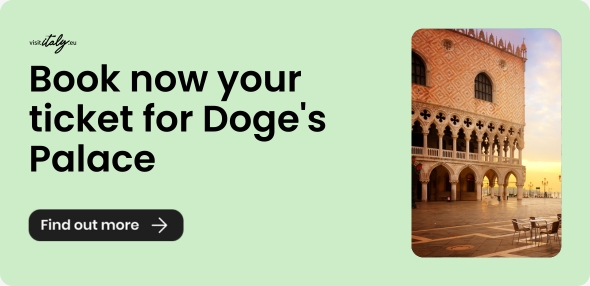
Venice: the New York of the past
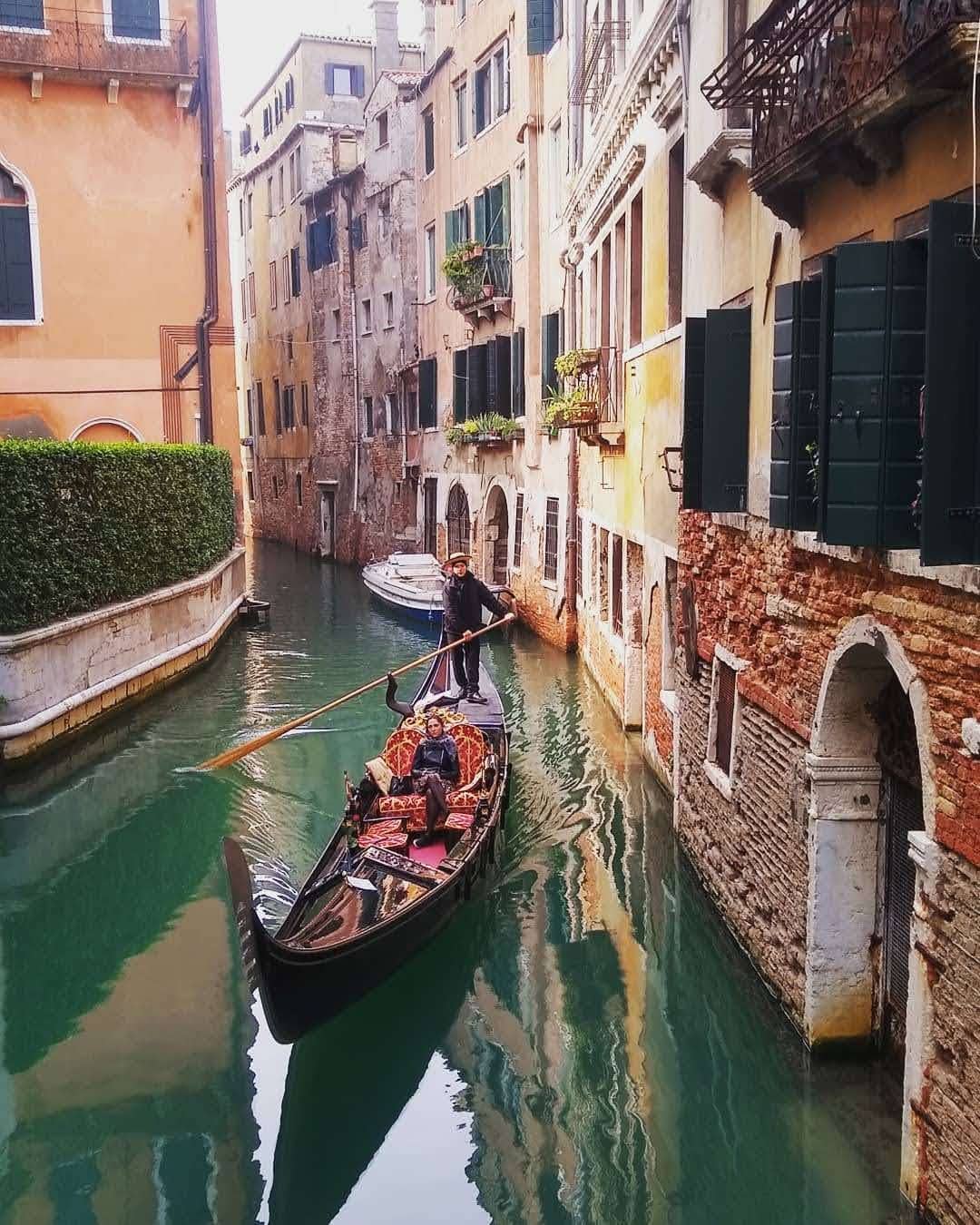
Venice is the most beautiful city in the world! It's suspended between water and sky. It was the centre of an Empire and expression of a very original society, the miracle of humans' resilience and activity. The Arsenale of Venice was the heart of the Venetian naval industry and the first Western industry, where skilled workers used to execute in succession every operation of the ship assembly, anticipating by centuries the introduction of chain saw.
Regarding its population, Venice is said "the city of everyone". Indeed, some mitochondrial researches have shown that the people of Veneto descend from different populations that have lived in the area during the centuries. It means that Venice was like New York City.
Venice's aspect that we see today is the result of influences that come from far away and which have taken root over the years, till to become the authentic one. A great example is its architecture widely recognized now but, as well as its mix of ethnicities and cultures, it was the fusion of different styles of design. It's maybe for this reason that so many tourists from every part of the world find in Venice something familiar.
Calle, canals, buildings overlooking the Canal Grande, the wonderful Piazza San Marco and Palazzo Ducale. All these things have contributed to making Venice a wonder of the world art, a unique place with both recognizable and inimitable features. The only shape of the gondola iron in every part of the world immediately brings you back to this city.
Venice is the water city par excellence. If you look at it from above, it shows a curious fish-shaped structure. This shape is made only in the middle of the 20th century and unintentionally.
Murano & Burano: expression and synthesis
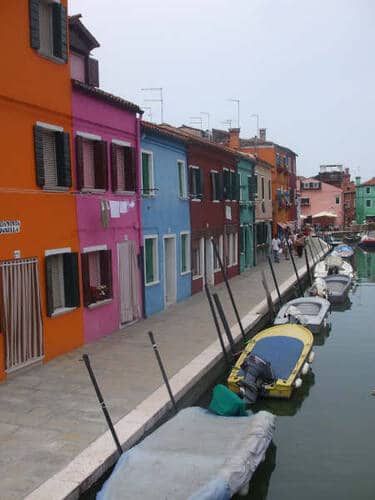
Murano, maybe, takes its name from an old district, Amorianas and is one of the most populous centres of Lagoon. Here one of the greatest examples of a Romanesque place of worship has remained intact. It is the Basilica of Santa Maria and San Donato, that inside has a mosaic floor (XII century) very important for the artistic language of the time.
Murano is mostly known in every part of the world for glass processing. This craft started in the 13th century when Venice Republique decided to work the glass here for safety reasons, moving the business away from Venice due to the high fire risk. For centuries, thanks to the creativity of master glassmakers' families, this island is the core of the sector of artistic glasses.
Burano takes its name from one of the city doors (Borano or Boreana). It's knowns as the island of colours because of its strong colour counterpoints that mark clear profiles among the houses. It's said that every colour corresponds with a family: because of the fog, the fishers painted their houses with bright colours to quickly spot them.
The Burano's lace-making is one of the most famous in the world and on the island, it's possible also to visit a museum about this centuries-old tradition.
The inclusion of Venice Lagoon in the List of UNESCO Heritage
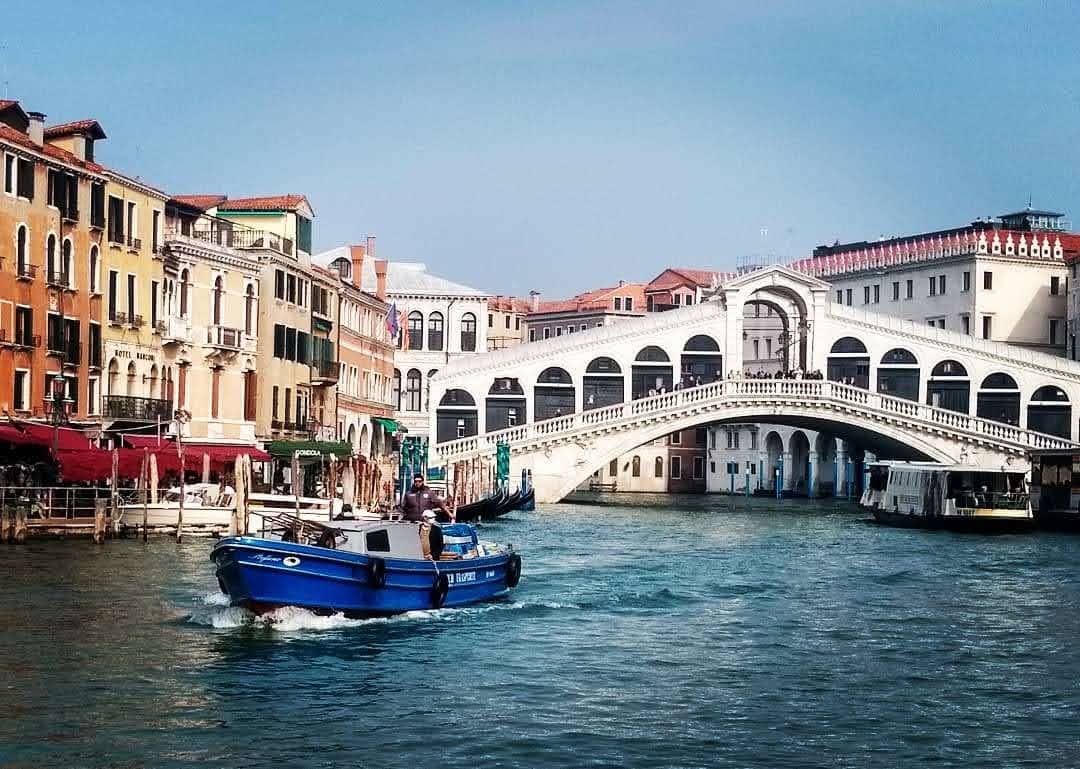
The inclusion was in 1987 but the UNESCO was taking care of Venice and its Lagoon much before that. Everything began in 1966 when a violent flood put in danger all over Venice. This event made it clear the necessity to protect and preserve the city and its Lagoon.
The protection of UNESCO includes the lagoon's waters that extend beyond Italy. Every Lagoon's island has some special features that led the UNESCO commissioners to establish the entire area as an excellent example of human settlement and occupation of territory.
The entry to the UNESCO World Heritage List means that its importance is material as well as immaterial. Its natural landscapes, together with its valuable Venice's architecture make the Venice Lagoon a place unique in the world. An open-air museum, where the art goes perfectly with the growth of nature.
About the author
Written on 31/03/2021


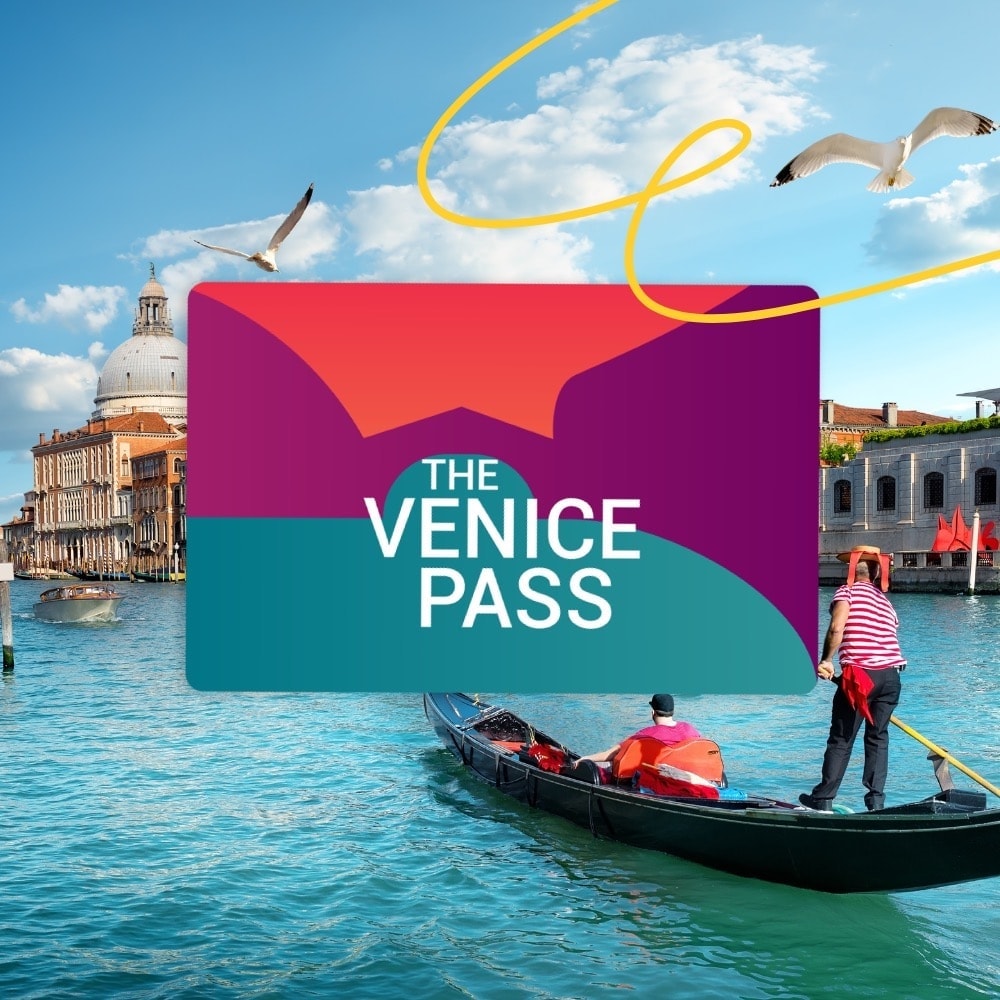
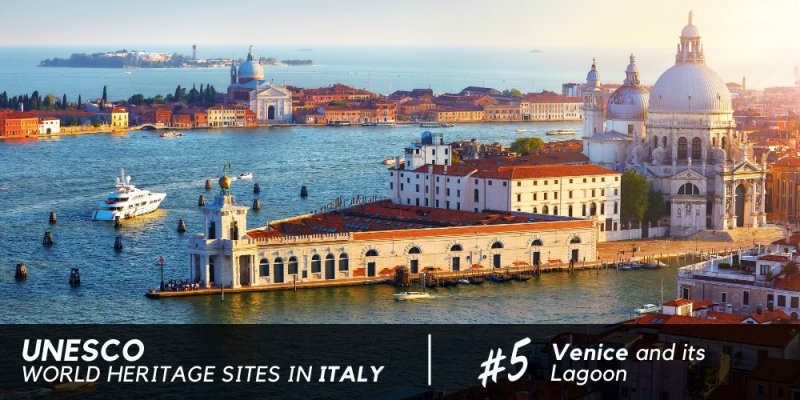
Ludovica Poliero
Since 1987 Venice and its lagoon have been on the Unesco World Heritage list. The "Serenissima" is the city of utopia, poetry, water, unique and fragile ecosystem. Not only Venice and Chioggia, the lagoon includes over 50 islands, the coloured Burano and the famous Murano. With whatever condition you decide to visit any season, the same wonder will greet you!